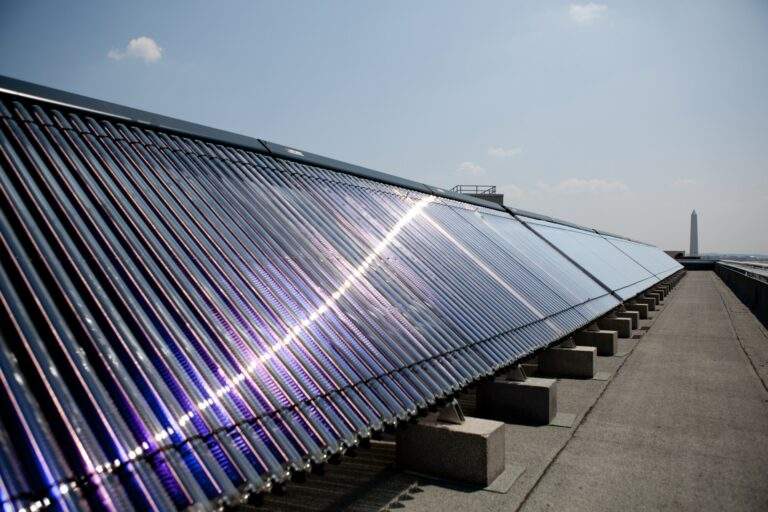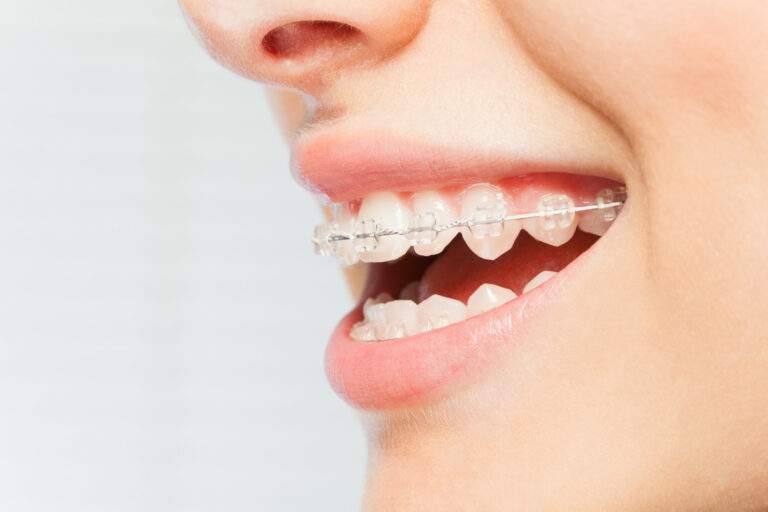
Home Essentials: Your Guide to Choosing White Goods for Your Home
White goods have come a long way!
In the last 100 years, white goods have revolutionized the way that families live. The simple acts of cooking, cleaning, and washing have been transformed into modern miracles.
To understand the transformative power of white goods, you need to know what they are. To help you out, we’ve compiled this handy guide to white goods for your home.
White Goods Are Essential
The cost of living is at its highest level in ten years, and energy bills are the biggest expense for most people. Energy experts have pointed out ways to avoid buying appliances that use a lot of energy.
When buying a new white good, consider ownership costs. This includes how much you’ll save on electricity, water, and gas.
It’s essential to pick appliances that use less energy and work well with the rest of your appliances. Continue reading for more guidelines on choosing the best white goods for you to save electricity.
White Goods Buying Guide
Energy experts at Energy Saving Trust said:
“Choosing the most energy-efficient household appliance for needs can help you save energy – and money – on your bills.”
Start by considering how you will use the appliance as well as the characteristics that are most essential to you when making your decision.
It is best to choose white goods that appeal to you. The vast majority of white goods are designed to last for many years, and as time passes, the petty flaws that initially didn’t bother you become increasingly annoying.
If you decide to replace the appliance at a later date with the one you desire, the cost will be higher.
Before buying appliances, there are three main things to think about.
- How much money do I have?
- How big is the room where it’s going?
- What kind of way of life do I have?
Tips on Choosing White Goods
Choosing the correct household appliance is crucial. We’ve compiled a list of factors to consider when buying an appliance. The size, cost, conservation, features, and branding all matter.
Identify Your Needs
Before going out to buy new equipment, the first thing you should do is figure out and identify what you need.
If you don’t know what kind of white goods will give you the best value for your money, you should talk to a professional. You must also consider the hassle when the need for appliance repair arises.
Measurement
Make sure you know how big the space is where you’re going to put your appliances. Consider the size of your family. If you have children or pets, consider an appliance with a large capacity.
If you buy a refrigerator that is too big for the space you have, it will be annoying when the doors won’t open all the way or the top won’t fit because of the upper cabinets. It says that you should be at least 4 to 6 inches away from a wall.
Right now, a 36-by-72-inch fridge is the standard size. So, if you live in an older house, measure your kitchen first and take pictures to show your sales or design team.
They can help you make the space work for you. The same tips apply to installing dishwashers, microwaves, washers and dryers, cooktops, or ovens.
Energy Efficiency
Different brands and sizes often affect how much energy something uses and how much it costs. The goal is to use less water and electricity and practice “green.”
When something is efficient, it uses less gas and is easier to clean. Look at the product’s rating and how long it will last. For example, Sub-Zero has two compressors, which make it easier to control the temperature in each part of the fridge while it saves electricity.
This makes it last longer than a fridge that stands on its own, but it also means that it costs more. A free-standing fridge should last about 7 to 9 years, while a built-in fridge should last about 20 to 30 years.
Know What You Need In Your Appliances
Consider how often you’ll use each device and how long it will last before needing replacement. Think about the needs of your family. If you like to cook or have people over often, it can make sense to spend a lot on high-end or large-capacity appliances.
On the other hand, if you have a small family or only use your kitchen for the freezer and microwave, standard-size appliances are probably fine.
Do you love takeout pizza? Then check to see if those large pizza boxes will fit in that side-by-side fridge. Also, if you like frozen things (like desserts), a fridge with a bottom freezer may cause back pain because you have to bend over to get to things.
Prepare Your Budget
There are reliable brands and models of white goods in just about every price range. But the price will be higher because of how many features it has, how advanced the technology is, and how much space it has.
Before shopping, you should figure out how much money you have to spend. This will help you limit the number of choices you have and stay on track with your financial plan.
You should also consider how long you plan to live in your home when deciding how much money to spend on appliances.
If you’re just replacing an old dishwasher in a house you plan to sell in a few years, you probably don’t want to spend much money on a high-end model. Instead, you might want to think about saving up for less expensive goods.
Choose Wisely
There are a few home essentials that you need to consider when choosing white goods for your home. These include the size of the appliance, the energy rating, the warranty, and the price.
With a little research, you can find the perfect white goods for your home and ensure that you save money and energy in the long run.
With the new energy-saving tags, it’s quicker than ever to figure out how much energy different home appliances and devices use.
For more tips about home improvements and lifestyle, read our blogs.















